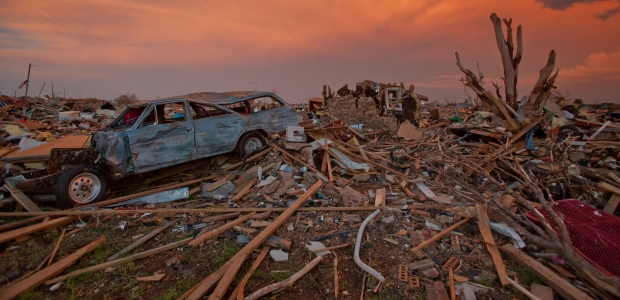
FEMA Sets Emergency Alert System Test in Four States
The test of the Emergency Alert System on March 18 will take place in Kentucky, Michigan, Ohio, and Tennessee and begin at 2:30 p.m. EDT.
The Federal Emergency Management Agency, in coordination with state and tribal emergency managers and state broadcasting associations, will conduct a test of the Emergency Alert System (EAS) on March 18 in Kentucky, Michigan, Ohio, and Tennessee. The test will begin at 2:30 p.m. Eastern Daylight Time and will last approximately one minute.
"The goal of the test is to assess the operational readiness and effectiveness of the EAS to deliver a national emergency test message to radio, television, and cable providers who broadcast life-saving alerts and emergency information to the public," said Damon Penn, assistant administrator of FEMA's National Continuity Programs. "The only way to demonstrate the resilience of the system's infrastructure is through comprehensive testing to ensure that members of tribes and the residents of Kentucky, Michigan, Ohio, and Tennessee receive alerts when an emergency occurs.”
Residents will see and hear the test on radio and TV in these states, similar to the regular monthly EAS testing by state officials and broadcasters. The test message will be nearly identical to those regular monthly tests. The word "national" will be added to the test message: "This is a national test of the Emergency Alert System. This is only a test...."
"The test is designed to have limited impact on the public, with only minor disruptions of radio and television programs that normally occur when broadcasters regularly test EAS in their area. Broadcasters and cable operators’ participation in the test is completely voluntary. There is no Federal Communications Commission regulatory liability for stations that choose not to participate," according to the agency.